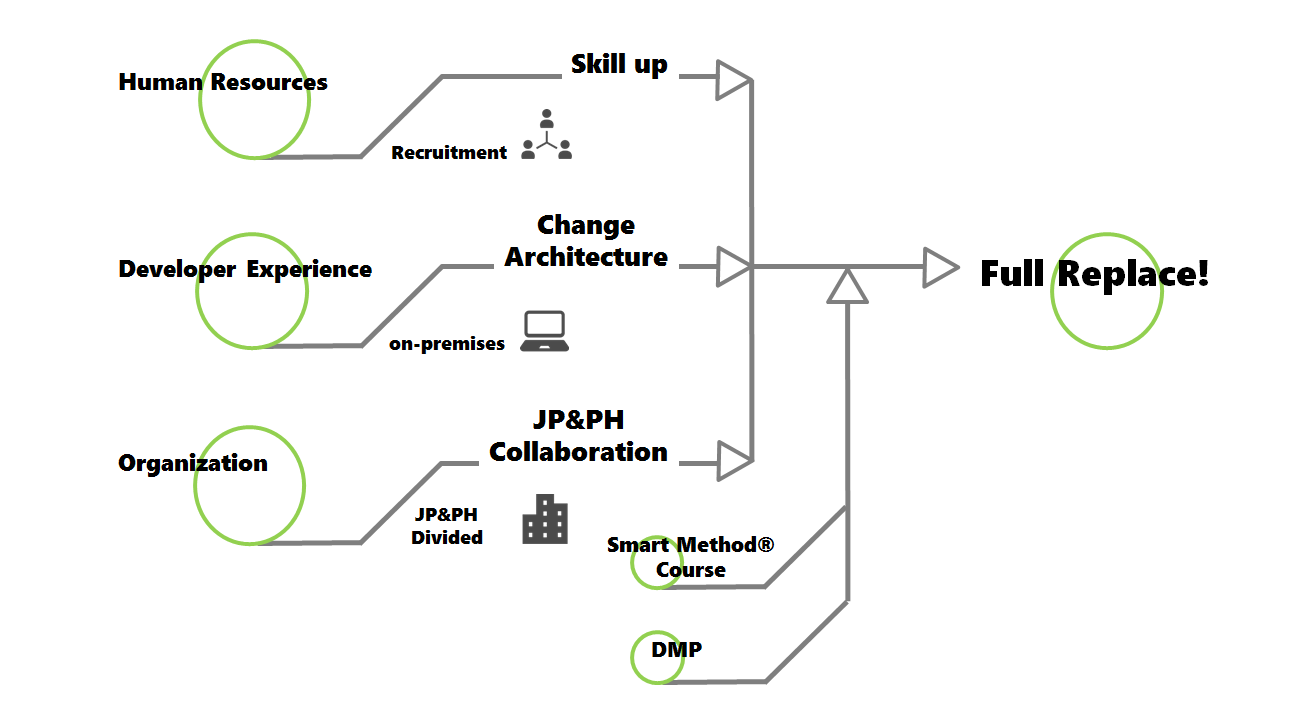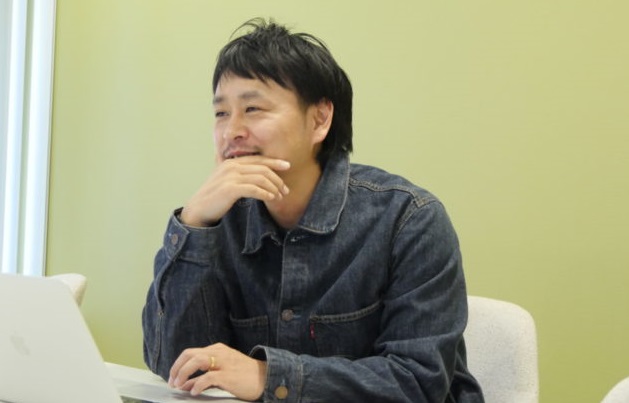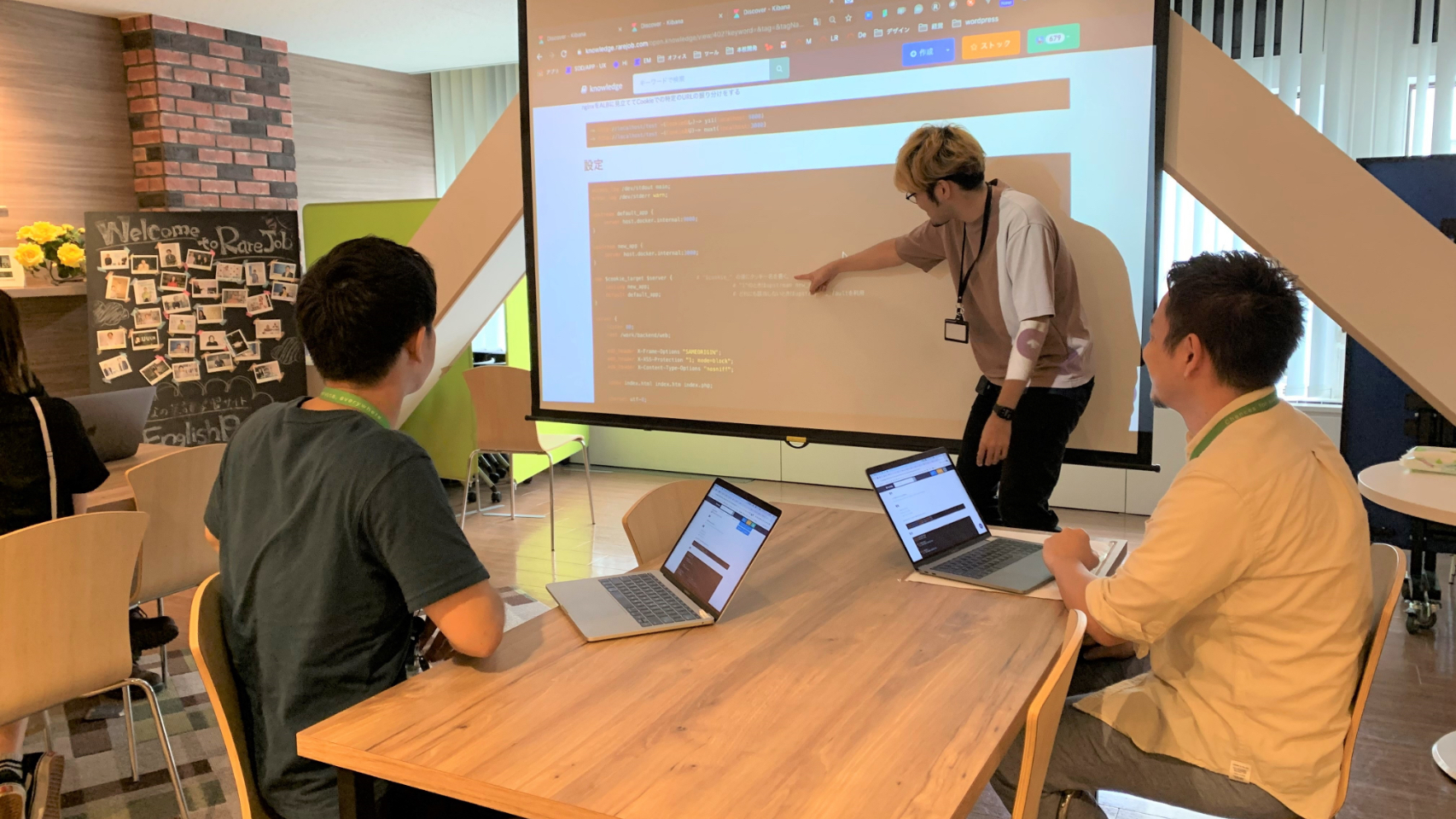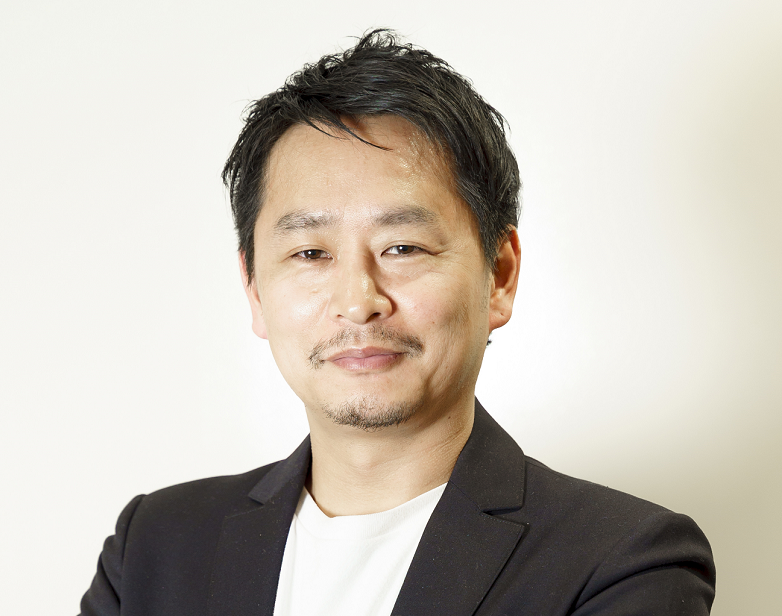Challenges of CTO vol.1 Technology for learners

There was no doubt in his eyes.
RareJob had a strong need for technical areas.
And Yamada had enough experience to meet its needs.
Now we just needed to figure out a methodology and work through it.
We just needed to make sure the resources and infrastructure necessary to do so.
It’s never easy. We knew that this would be a big project that would take several years to
complete.
Nevertheless, if there was a “challenge,” there was no reason to hesitate.
In October 2017, Yamada joined the RareJob as CTO.
He started his career at a system integrator and later moved to Japan’s largest Internet service provider, where he experienced various service development. He was invited by an acquaintance to join a group company of a major telecommunication carrier, where he served as CTO overseeing 100 engineers.

So what did it mean to Yamada to come to RareJob?
The answer was, “Because I wanted a challenge.”
He did not want to settle down in a defensive manner.
His thirst for change and challenge was the driving force that drove him.
Yamada’s challenge at RareJob was to expand the possibilities of the business from the technology field by evolving the human resources, systems, and organization in all directions.
This included the management of overseas offices, which was a new experience for him. He also wanted to realize organic collaboration with the Japanese organization.
He was looking for a new challenge. That was why Yamada chose to join RareJob.
The first and most challenging mission was the full replacement of existing systems.

In fact, the core system of RareJob’s service was still running on the initially designed system that CEO Nakamura, who used to be an engineer, built when the company was founded.
It was buried so deep that it could not be touched half-heartedly because it had been renovated as the business expanded.
Revamping from a legacy system meant opening the door to further business expansion possibilities and a step up in the learning experience.
That was why a full replacement to rebuild the infrastructure would be needed as soon as possible.
Replacement, on the other hand, was more difficult than zero-scratch development.
This was because it was necessary to migrate to a new system without affecting the operation of the existing service.
Therefore, a variety of factors such as engineer skills, resources, development environment, and process design were required.
In addition, since RareJob operated bilaterally between Japan and the Philippines, it was essential to cooperate with the technical department of RareJob Philippines.
If any piece of the puzzle was missing, the replacement would not be a success.
Yamada sorted out the current situation and issues one by one, and constructed a process for steady progress.
What would be more important than anything else was the human resources to move things forward.
Yamada asked the engineers.
What are our objectives, who are we looking at, and how do we think?
The mission was “Technology for learners” in order to show that each and every one of us could think and act actively without losing sight of our objectives.
Certainly, a full replacement must have been a major objective.
But “why” a full replacement?
The real purpose was to help our students achieve their goals.
At the same time, it was also important for the company to generate profits by ensuring that students were satisfied with the RareJob service.
Having a business perspective was one of the most important points in promoting efficient technological development.

There were many reasons to have in-house engineers, such as economic rationality, speed, and flexibility.
Of these, the most important for Yamada was the ability to understand users and services, and to handle and deal with technology while looking to the future.
We proceeded with the hiring process, looking for engineers who had empathy for “Technology for learners” and the ability to take action.
*Positions and department names are as of March 2021.

